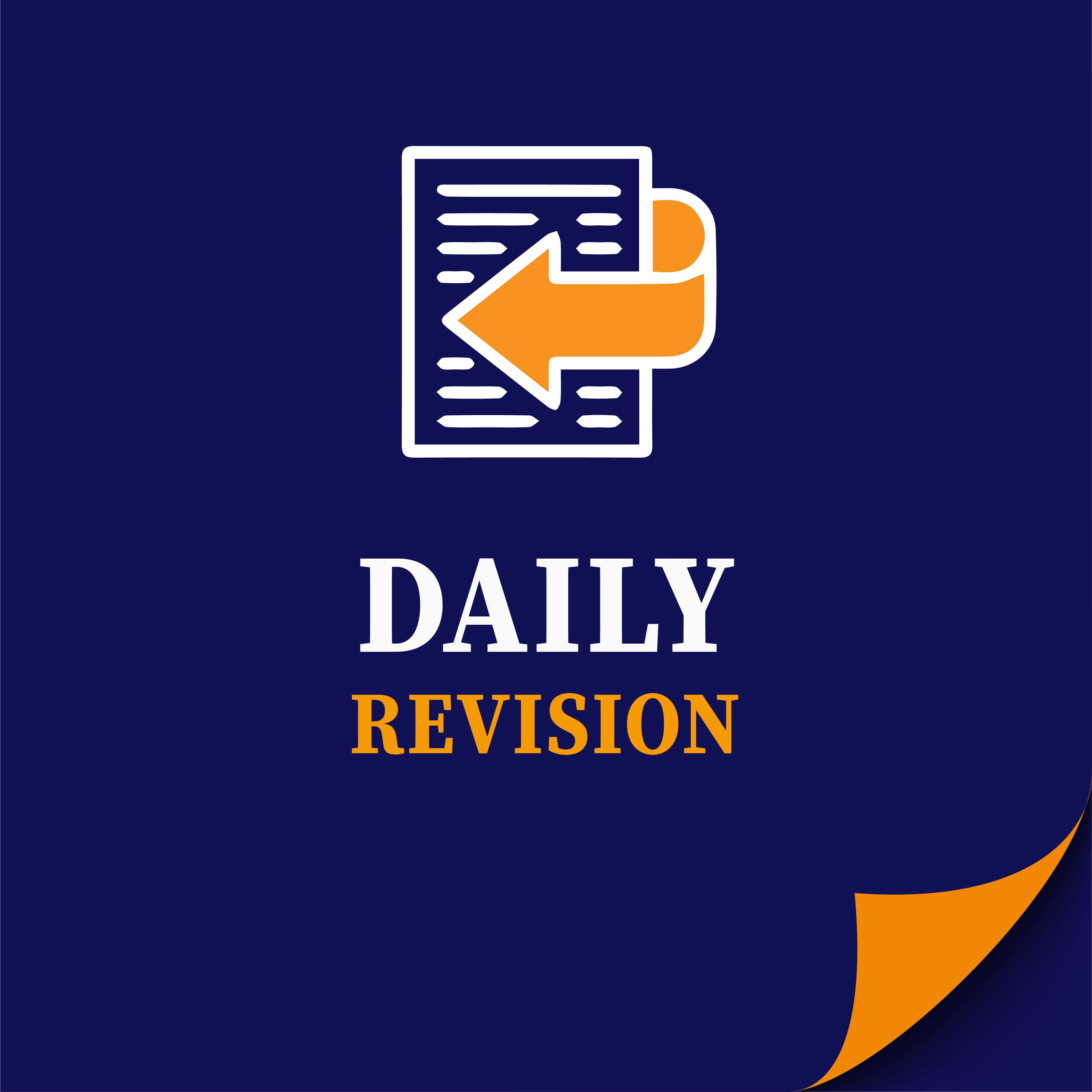July 26, 2024

Source: Asercentre.org
Context:
The annual Status on education Report was recently Released by Pratham, a Non-profit Organization.
Background:
The ASER is a biennial publication & a citizen led household survey that provides a snapshot of the status of schooling & learning of Rural children in India.
The ASER assess the foundational reading & Arithmetic abilities of children in the age group of 5-16 years & collects information on enrolment of children in pre-school & school.
Highlights of the Survey:
Literacy: 25% of rural youth in the age group of 14-18 years cannot read a class 2 level textbook ‘fluently’ & of 57% that can read in English cannot understand the meaning.
Numeracy: more than 50% struggle with division & over 60% are able to do budget management task; about 37% can apply a discount & only about 10% can calculate repayment.
Digital awareness: 90% of youth owns a smartphone & uses social media but just about half of them are familiar with the online safety setting.
Vocational education: only about 5% of the Youths took vocational training, most of which were 6 months or less
Enrolment: 86% in the age group of 14-18 years are enrolled in an educational institution
Foundational literacy & Numeracy?
FLN refers to the skills of the students to perform basic arithmetic calculations, read write and understand basic texts by the end of grade 3.
The National education policy 2020 accords highest importance to the achievement of Foundational literacy & Numeracy.
Literacy skills:
Numeracy Skills:
Challenges:
Brain development of children occurs prior to the age of 6 years, presently ECCE are not available to children particularly belonging to socio-economically disadvantaged groups.
Initiatives:
National initiative for proficiency in reading with understanding & numeracy (Nipun) Bharat programme was launched by the ministry of education in 2021 under the aegis of the centrally sponsored scheme Samagra Shiksha Abhiyan. The scheme aims to ensure every child attains foundational literacy & Numeracy by the end of 3th garde , by 2026-27.
The implementation mechanism is a five-tier set up; National-state-district-block-school.
Way forward:
Ensuring & monitoring the implementation of the 200 days & 800 hours of instruction hours in school, as per the Right to Education Act 2009.